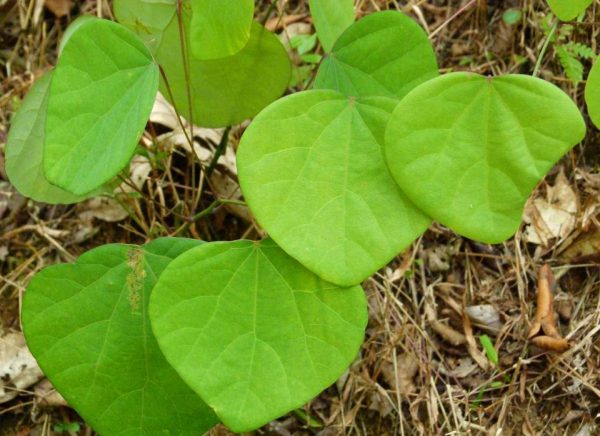Apamarga (Achyranthes aspera): The Medicinal Herb with Diverse Uses
Basonym of Drug: The medicinal plant known as Apamarga is scientifically referred to as Achyranthes aspera.
Main Synonyms: In Ayurveda, Apamarga is known by various synonyms, including:
- Apang
- Markati
- Shikhari
- Prickly Chaff Flower
- Apamarga Kshara
Regional Name: Apamarga is also known by different names in various regional languages. Some common regional names include:
- Hindi: Apamarga, Chirchira
- Bengali: Apang, Apang-Chal
- Kannada: Uttareni
- Malayalam: Katalati
- Marathi: Aghada, Aghad
- Tamil: Nayurivi, Nayuruvi
- Telugu: Uttareni
Botanical Name: The botanical name of Apamarga is Achyranthes aspera.
Family: Apamarga belongs to the Amaranthaceae family.
Classification of Dravya (Gana) as described in Charak and Sushrut: In the classical Ayurvedic texts of Charak and Sushrut, Apamarga is classified as follows:
- Charak: Apamarga is categorized under the group of “Trinapanchamula,” which means it belongs to the group of grasses.
- Sushrut: In Sushrut Samhita, Apamarga is classified as a “Kandughna” drug, indicating its use in relieving itching and skin-related conditions.
External Morphology: Apamarga is a small, erect, perennial herb with a height ranging from 30 to 90 cm. The leaves are simple, ovate to lanceolate, and have serrated margins. The flowers are greenish-white or pink, occurring in dense spikes. The fruit is a small, three-sided capsule containing numerous tiny seeds.
Useful Parts: The useful parts of Apamarga are the whole plant, including the roots, leaves, stems, and seeds.
Important Phytoconstituents: Apamarga contains various phytochemicals, including alkaloids, flavonoids, saponins, and tannins.
Rasa Panchaka: The Rasa Panchaka (five tastes) of Apamarga is as follows:
- Rasa (Taste): Bitter (Tikta), Astringent (Kashaya)
- Guna (Quality): Light (Laghu), Dry (Ruksha)
- Virya (Potency): Heating (Ushna)
- Vipaka (Post-digestive taste): Pungent (Katu)
Action on Dosha, Dhatu, and Mala: Apamarga primarily pacifies the Kapha and Vata doshas. It acts on the Rakta (blood) and Mamsa (muscle) dhatus and has an effect on the Mutra (urine) and Purisha (stool).
Prayogarha Vyadhi (Therapeutic Indications): Apamarga is utilized in Ayurvedic medicine for various therapeutic purposes. Some of its essential indications include:
- Skin disorders (Kushta)
- Wound healing
- Anti-inflammatory properties
- Digestive disorders (Agnimandya)
- Urinary tract infections
- Piles (Arsha)
- Respiratory conditions (Shwasa and Kasa)
Amayikaprayoga and Matra (Therapeutic Administration and Dose): Apamarga can be used in various forms, and the dosage depends on the specific application and the individual’s condition. Commonly used forms include:
- Decoction (for digestive disorders and urinary infections): 50-100 ml, once or twice a day
- Powder (for wound healing and skin disorders): 3-6 grams, once or twice a day
Vishishta Yoga (Names of Important Formulations): Apamarga is an integral component of some Ayurvedic formulations. Some notable formulations include:
- Apamarga Kshara
- Mahatiktaka Ghrita
- Varunadi Kashayam
Vishakta Lakshan (Adverse Effects): Apamarga is generally safe and well-tolerated when used in recommended doses. However, excessive consumption may cause digestive discomfort in some individuals.
Chikitsopachara (Remedial Measures): Apamarga is best used under the guidance of a qualified Ayurvedic practitioner. Proper dosing, combining with suitable adjuvants, and considering an individual’s specific condition are essential aspects of its therapeutic application.
Shodhana (If Required): Apamarga does not typically require shodhana (purification) procedures.
Apamarga’s versatility and beneficial properties make it a valuable herb in Ayurvedic medicine. Its applications extend to various systems of the body, reflecting its importance in traditional healthcare practices. As with any herbal remedy, it is crucial to use Apamarga judiciously and under the guidance of an experienced Ayurvedic practitioner for optimal results.



